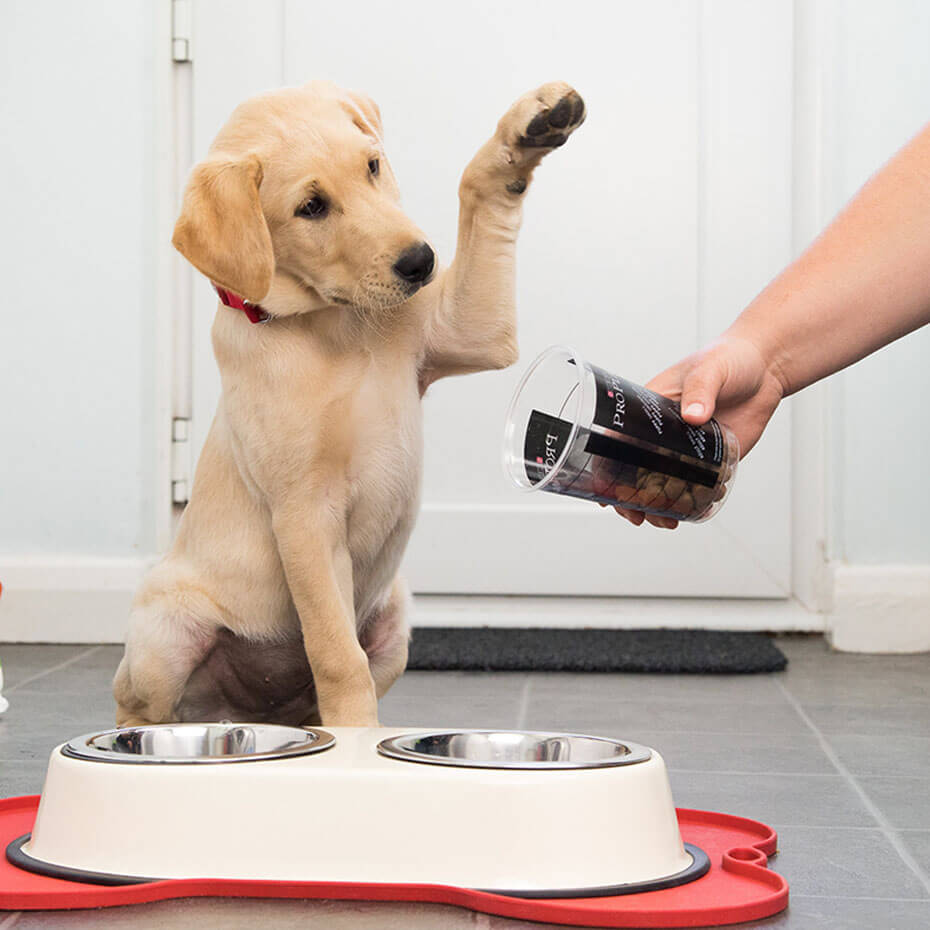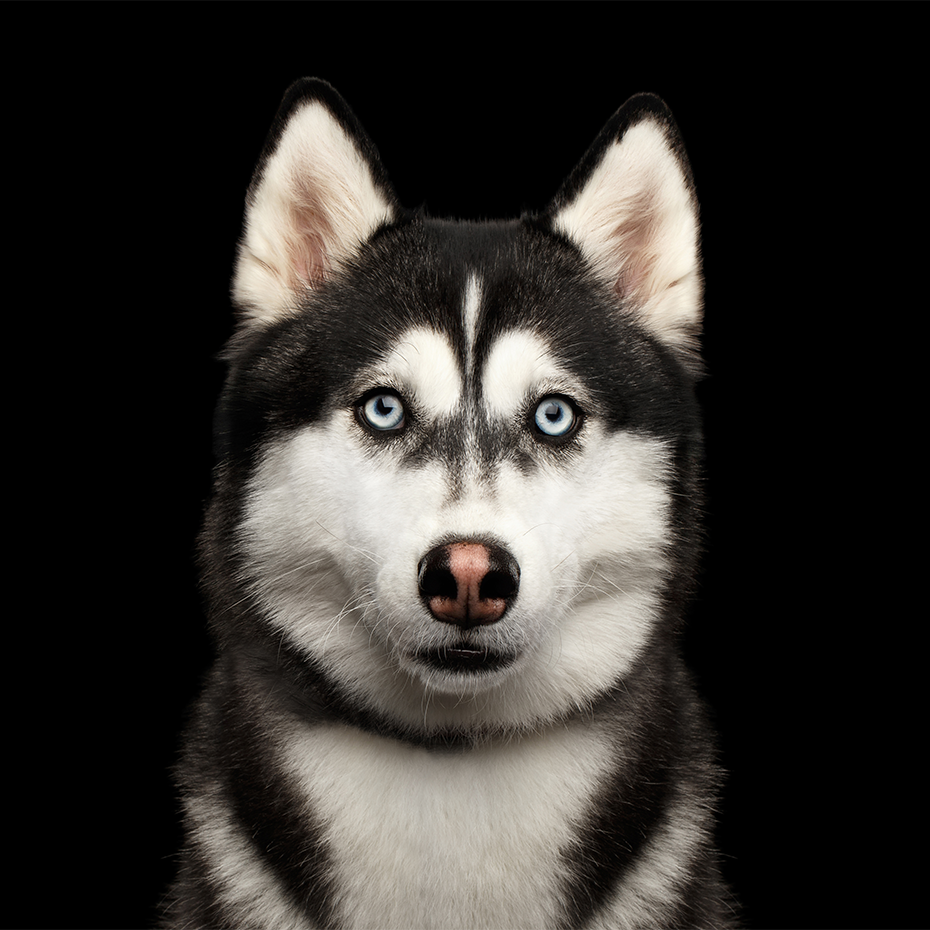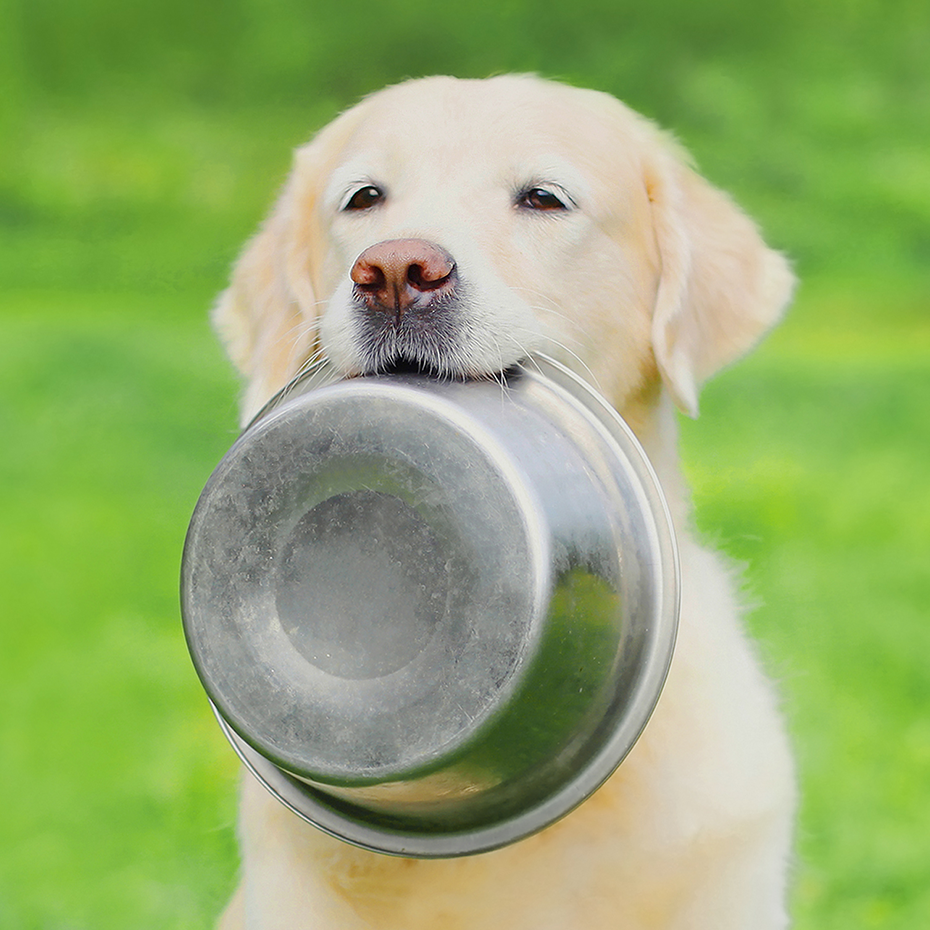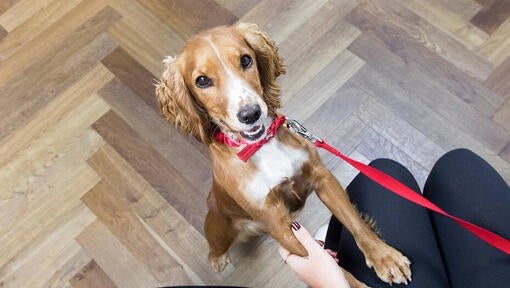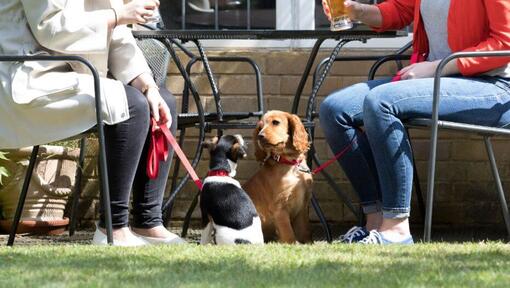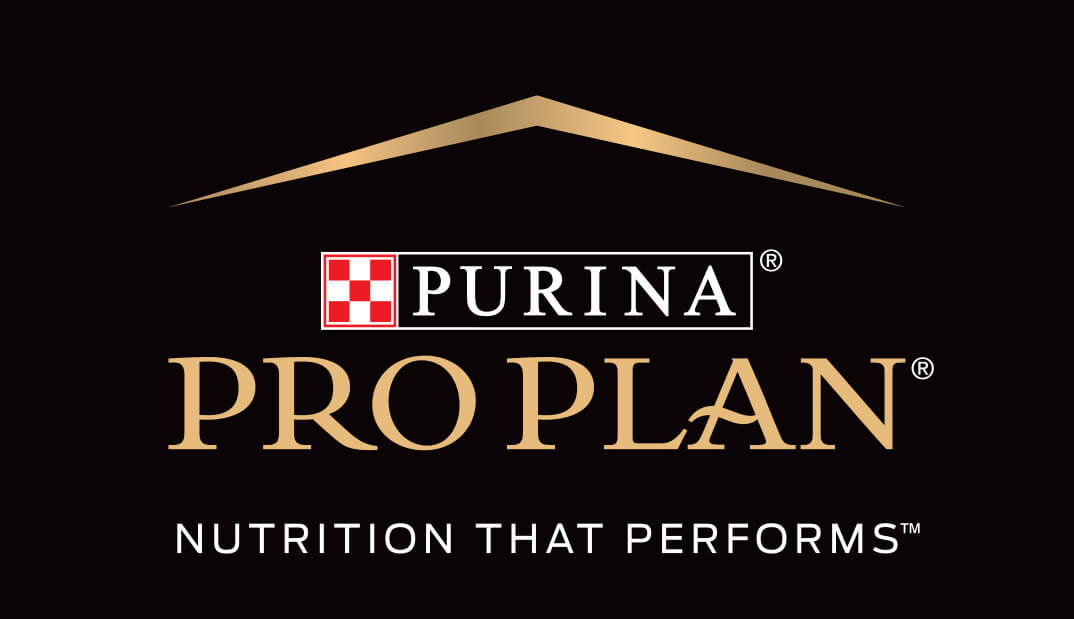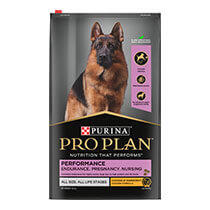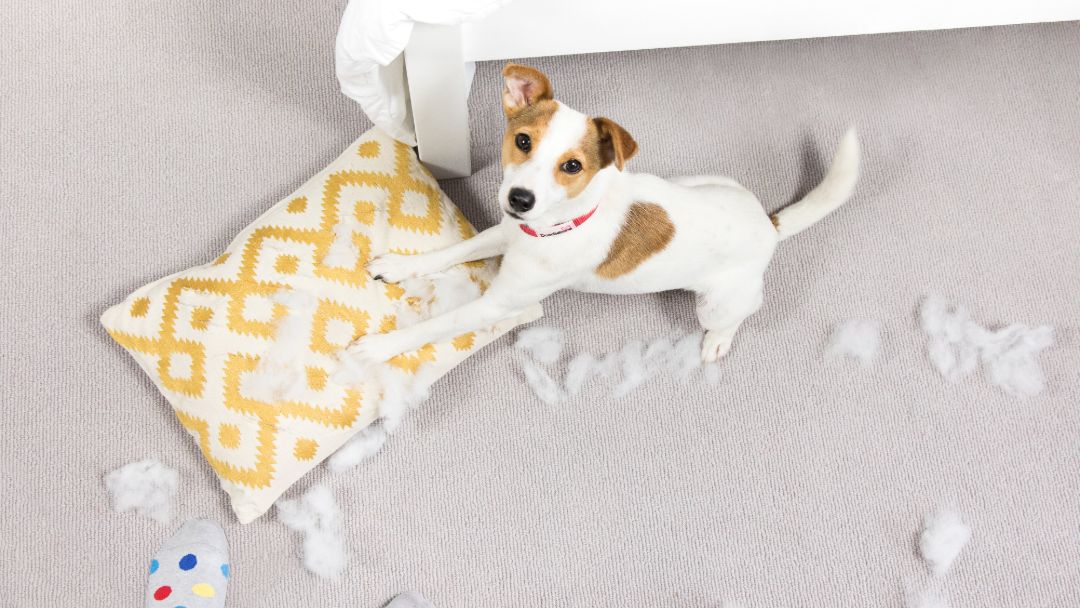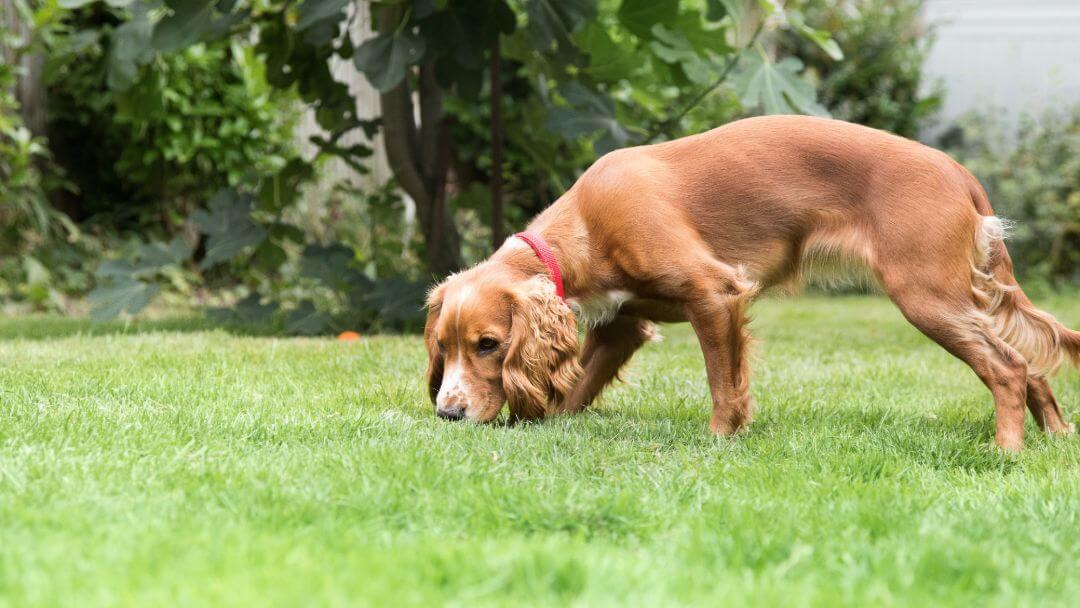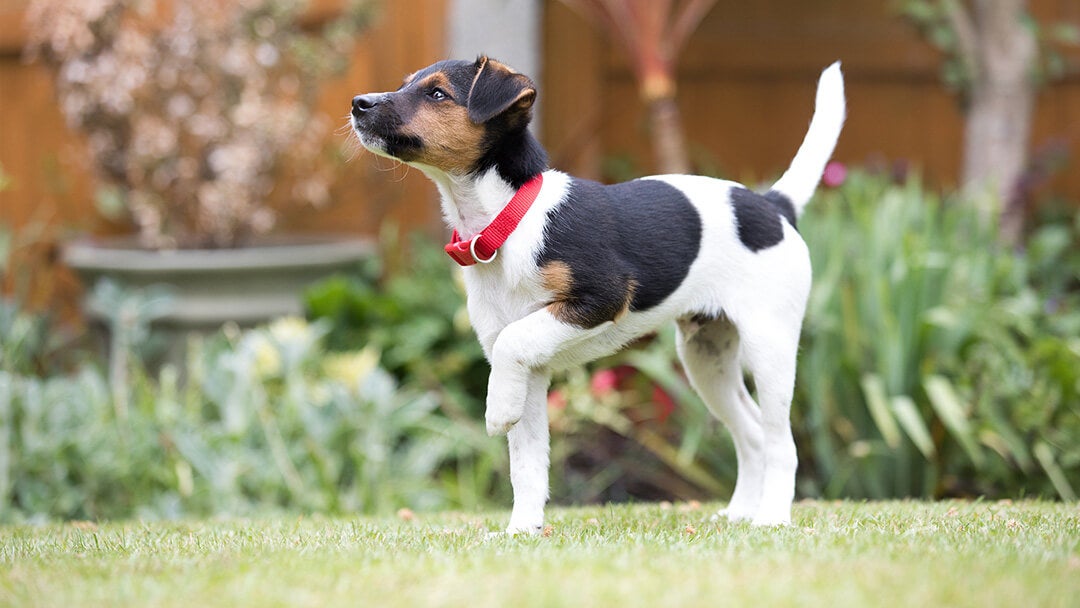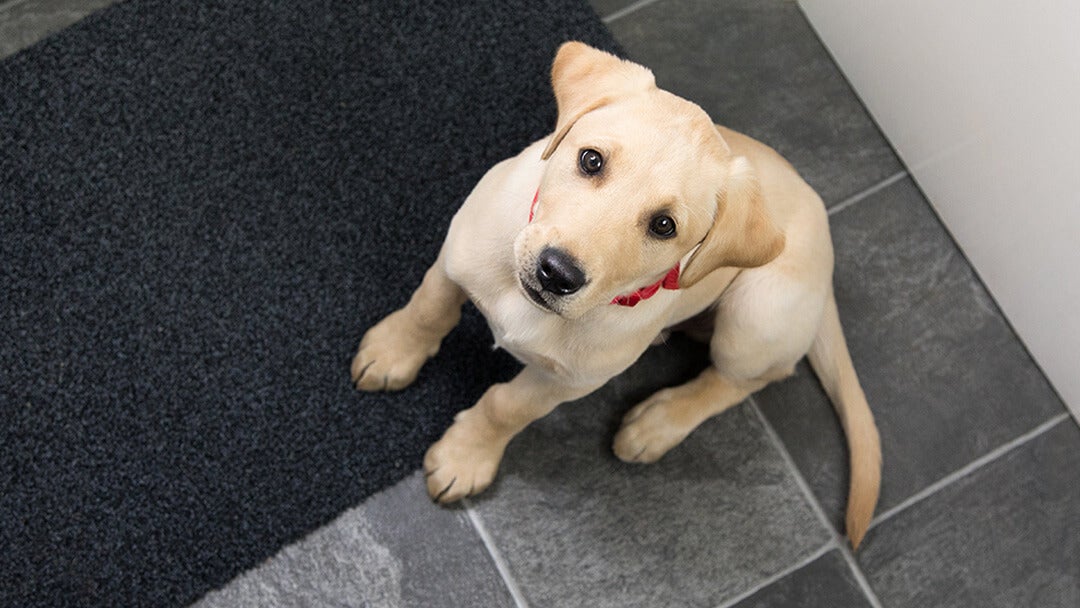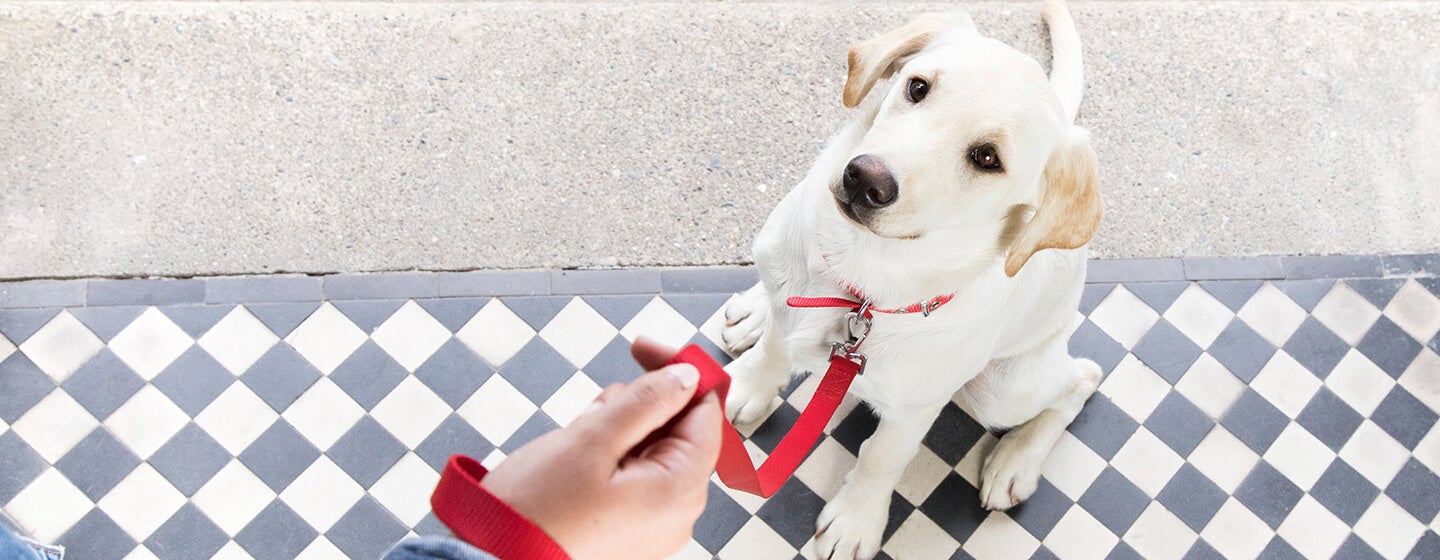
In all the excitement of bringing your new puppy home, it’s important to remember to start their training right away. The sooner you introduce good habits, the better it will be for both of you as your puppy begins to understand basic commands and get to grips with your house rules.
Puppy training doesn’t just improve their manners; it’s a fun and rewarding way for you to spend quality time together and really helps you strengthen your bond. Most dogs love training – it’s a chance for them to challenge their brains, earn rewards and get lots of praise and attention!
Teach your puppy their name
Puppy training should begin the day they arrive in your new home. Start by helping them to get to know their name. Use it every time you play with them, feed them or cuddle them and they’ll soon recognise it and respond when called. Once they know their name, you can use it to communicate with them and start training your puppy.
Teach your puppy to walk on a lead
The next step is to get your puppy used to a collar and lead. This may feel a bit odd to them at first, so be patient – they’ll get there! Fit a light collar as soon as your puppy arrives home, and practice taking them for a walk on a light lead.
If they haven’t had all their vaccinations, you’ll have to do this in your house and garden at first. They may well be very excitable, or pull on the lead when you take them out. If they are, you may want to try a gentle leader head collar. These make lead walking and basic training easier and calmer for both you and them.
There is no joy in walking a dog who drags you around all the time, and many owners don’t exercise their dog enough because it’s become a chore – especially with an enthusiastic teenage puppy. Luckily, putting some effort into teenage dog training and teaching your puppy to walk on a lead can help put this right.
Socialising your new puppy
Puppy training isn’t just about teaching them to ‘sit’ or ‘fetch’. It’s also vital that your new puppy is well-socialised if they’re going to grow into a happy and confident adult dog.
One of the best ways to socialise your puppy in a fun and friendly environment is at a puppy party. You’ll probably find that your veterinary clinic organises them for puppies that have had their first injections (at about eight weeks old) – if they don’t, they may be able to refer you to somewhere that does.
Puppy parties are a great way to train your puppy in some basic skills, as they allow similarly-aged puppies to get together for fun and games. Make sure that you find one that’s run by experienced trainers or veterinary nurses, as they’ll know how to make it a positive, enjoyable experience that will help build your pup’s confidence. If the party’s not run properly, your puppy might not enjoy it, or even feel scared – but with experienced handlers, they’ll love making friends. Check out our puppy socialisation guide for extra tips and advice.
The puppy party will probably be the first time that all the puppies have played with other pups since leaving their littermates, and many of them may look and behave very differently to the brothers and sisters they’ve left behind.
This is a very important aspect of puppy training as they’ll learn valuable lessons for life. A puppy party can help your puppy learn about:
- The importance of not biting.
- Understanding canine body language.
Parties are also a great opportunity for your pup to mix with and be handled by trainers, which will build their confidence when interacting with people. The instructors will help you teach your puppy good manners, such as not being possessive over food or toys, giving them up when asked and not pushing past people through doorways. With plenty of practice at home, and a few good, healthy treats for rewards, you’ll soon have a calm, happy, polite family member who is a joy to live with.
Puppy training classes
Once your puppy has had all their vaccinations, between 12 and 16 weeks old, they can progress from puppy parties to training classes. These are crucial for your puppy’s development and are great fun for you both.
At training classes you’ll teach your puppy basic exercises and commands like “sit”, “down”, “stay”, “come” – and you’ll also probably introduce some fun tricks like “give a paw” or “roll over”! These classes are an opportunity to teach owners as well as their dogs, and you’ll be shown how to train your pup using modern, kind, motivational approaches.
When you’re looking for a puppy training class, you want one that’s friendly, organised, fun and reward-based. There should be at least one trainer or assistant for every six puppies, so the dogs stay interested and don’t get bored. A good trainer will let you sit in on a class before you sign up so that you’re confident you’ve found the right place. If the class is over-crowded, chaotic or the instructor shouts or punishes the dogs (or owners!) or uses choke chains, walk away. You and your best friend deserve better.
Your puppy’s breeder and your veterinary practice will be pleased to give you further help and advice.
Training your puppy helps to build a precious bond between the two of you, so enjoy every moment. Good luck, and have fun!
Next, why not try teaching your puppy these 5 cool dog tricks now that your pet knows basic dog training.
